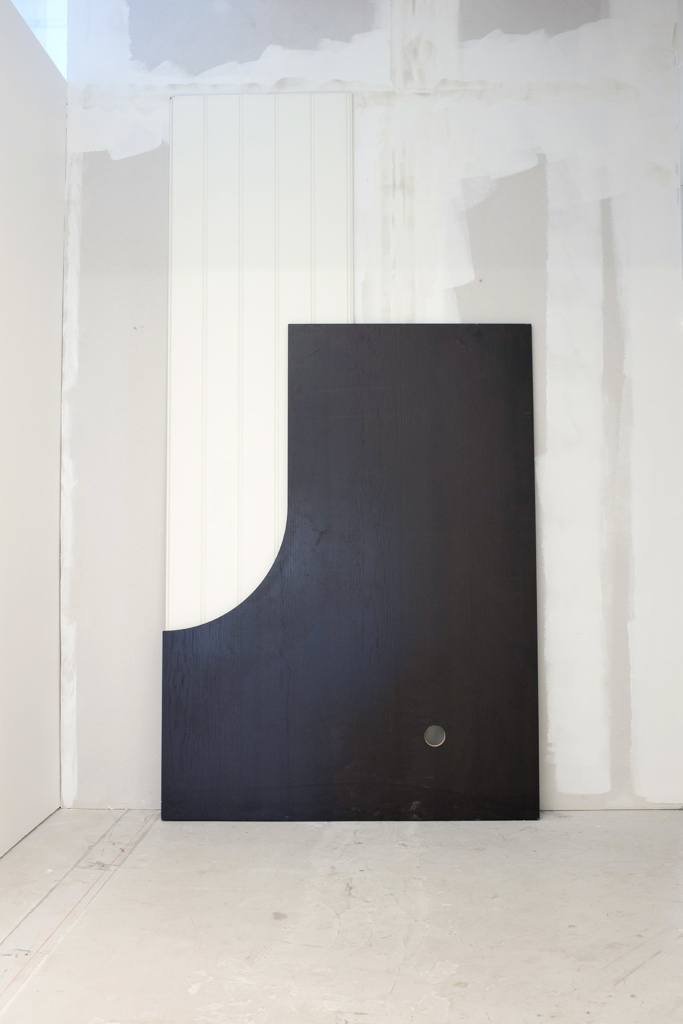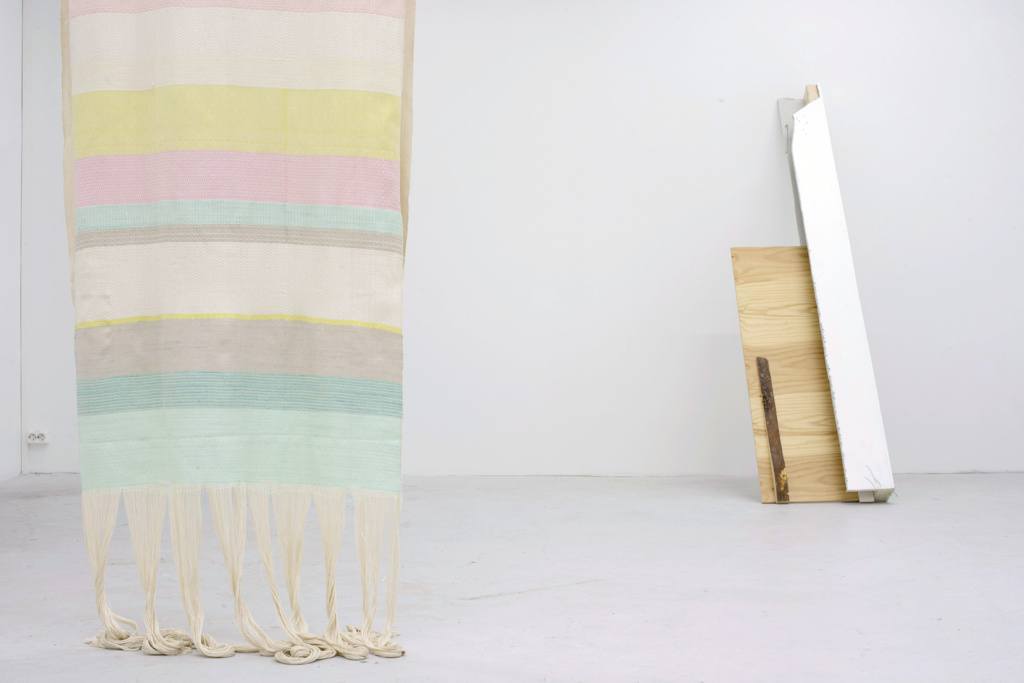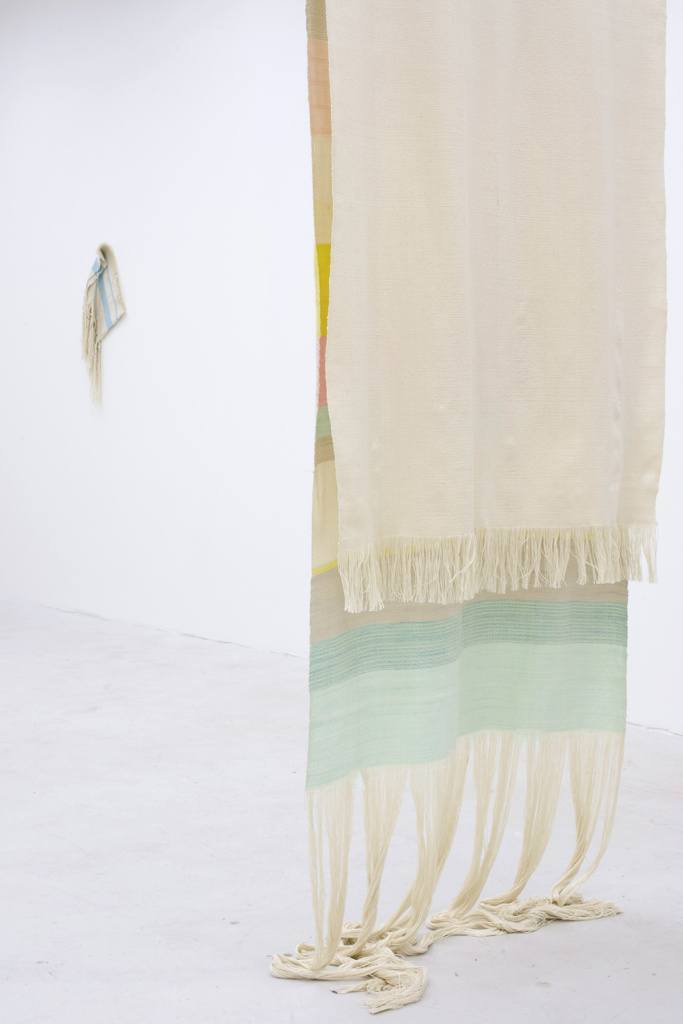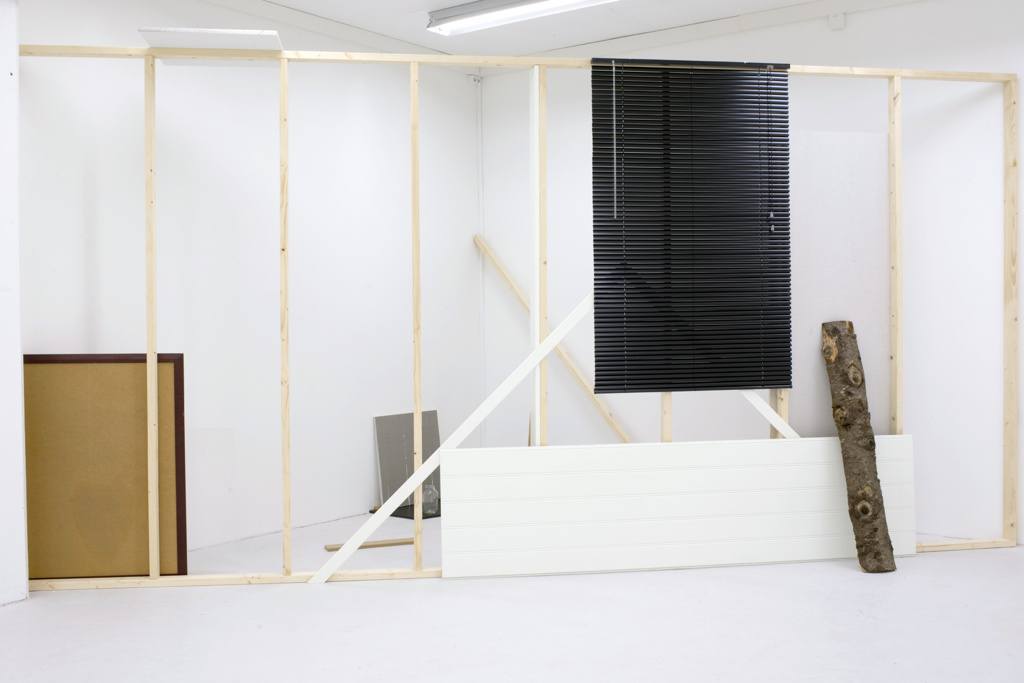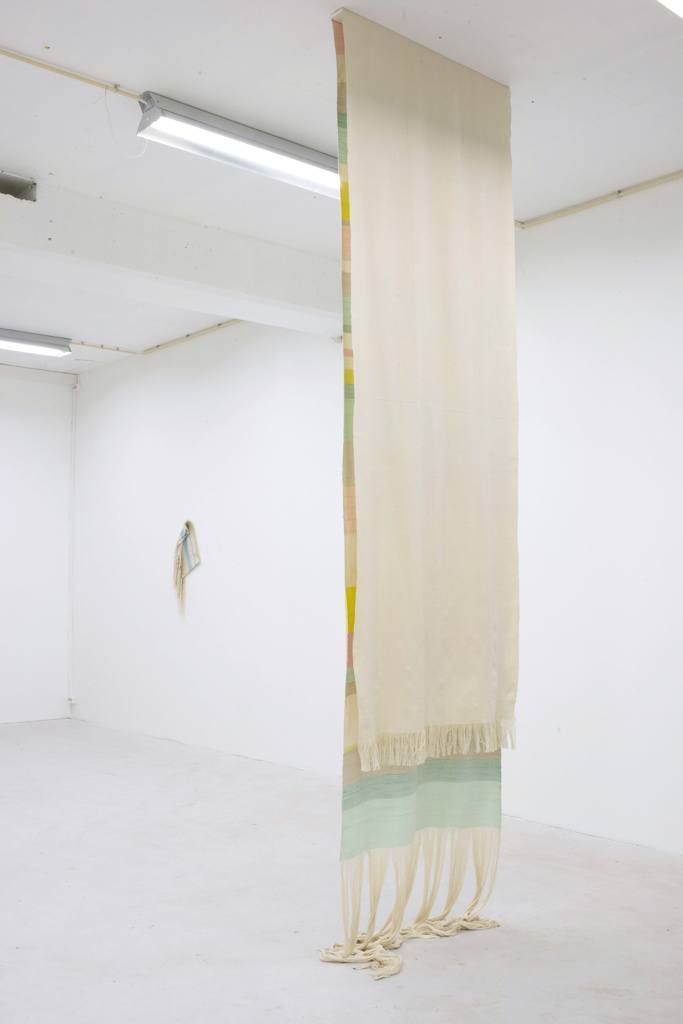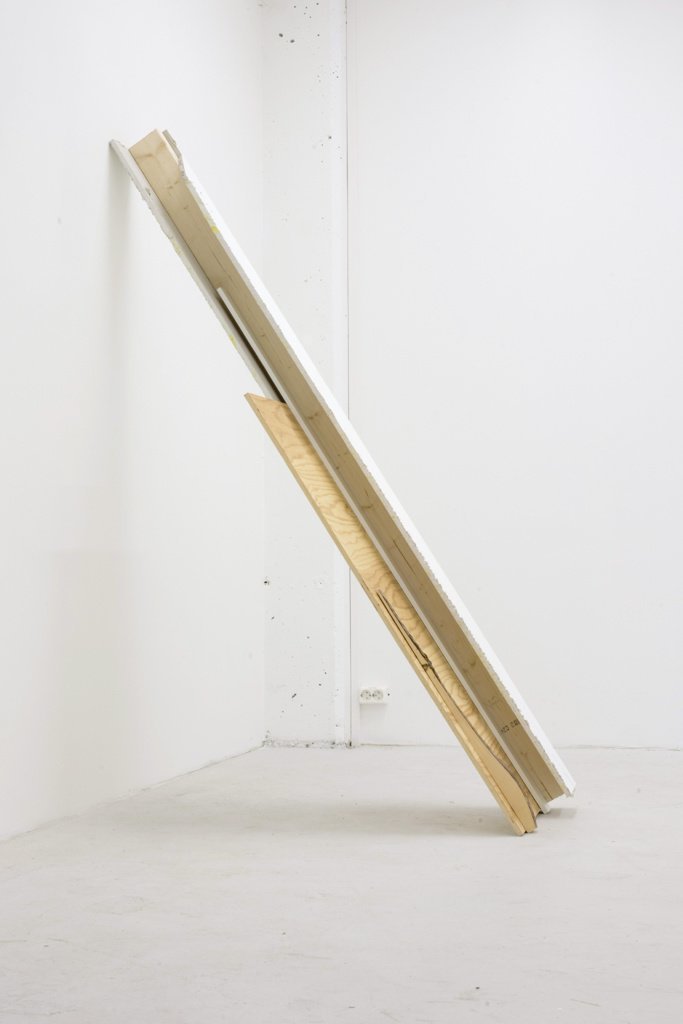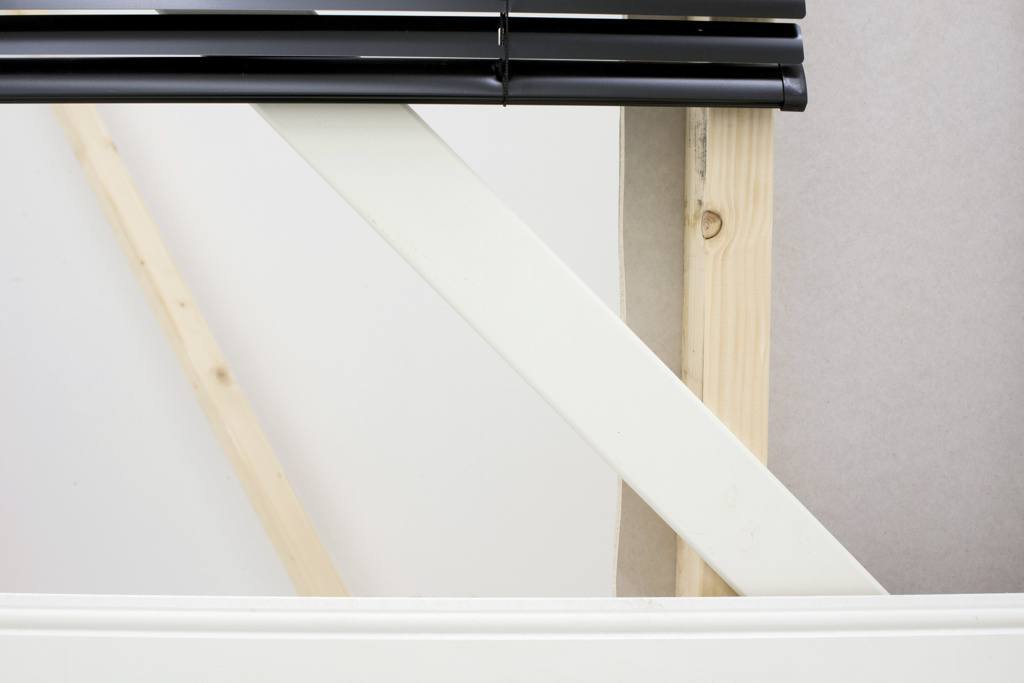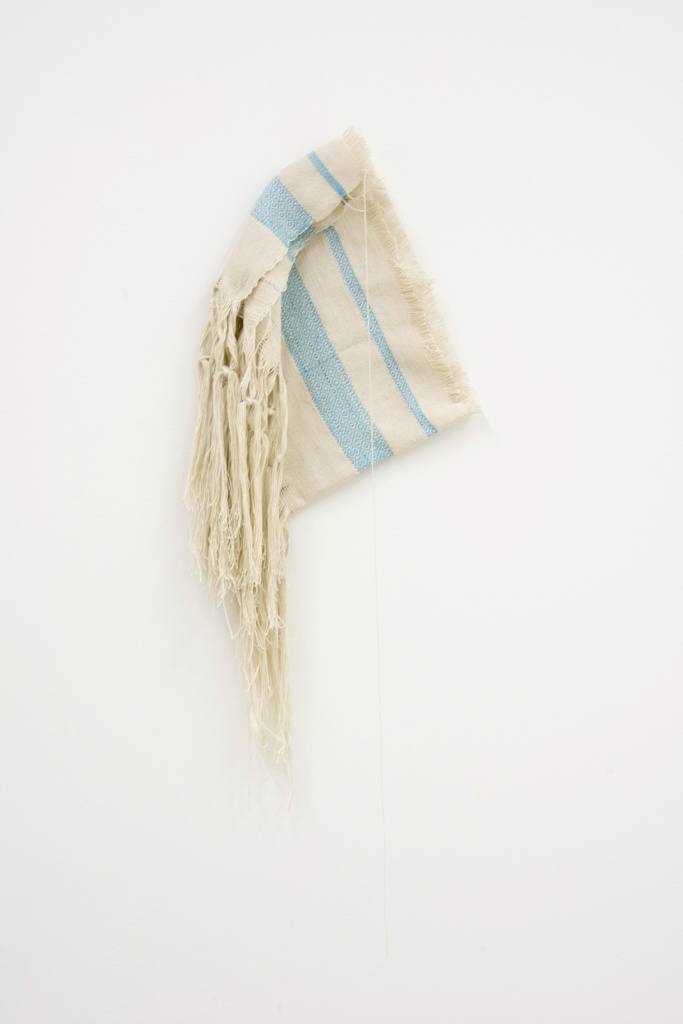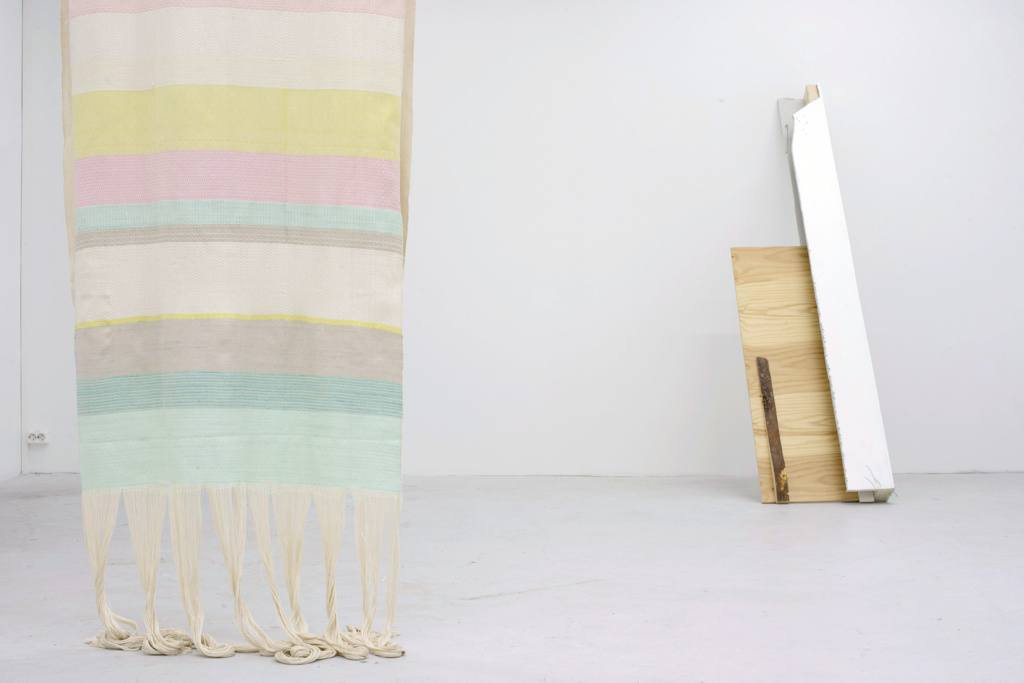Marte Danielsen Jølbo: In the press release for your exhibition at Prosjektrom Normanns, a theoretical idea concerning making art in the interstice between two different kinds of places – a physical and a conscious one – is introduced. The concept upon which your exhibition is grounded is, as I understand it, that the subject’s earlier experiences affect one’s perception of a place and how one understands it – that the physical and conscious places are interwoven and interlinked in the subject’s new experiences of a place. How does this idea manifest itself in the exhibition ‘Textures of Place’?
Leyden Rodriguez-Casanova: The idea actually came out of a symposium we went to in Atlanta, Georgia (US) before coming to Stavanger. The symposium was about artist-run spaces and art presenters similar to ‘Prosjektrom Normanns’ and ‘Dimensions Variable’. Project spaces from the entire southeast of the United States were invited, in part discussing regionalism; does it exist, how do people in the particular regions address it and think about it. Regionalism is an issue that is more prevalent in certain places such as in Atlanta that really struggle with making international contemporary art connections, but it is also relevant for a city like Miami. It is an interesting conversation because, at least where I am coming from, much of the best work is made in regions before ending up in centers like London and New York, as a way of conducting business in a sense.
I believe that many of the ideas that form contemporary art practices today are formed in regions and later move to the larger city for “distribution.” As we were considering the Stavanger project, we were thinking of the personal histories created by specific places and how they form the ideas that make up individual art practices.
That is where we were coming from in terms of going back to the idea of two different kinds of places. The conscious one is the psychological background which you developed early in life, formed by the region you were born and grew up in. This is also a familial region, where the family and the family’s background add to the conscious, psychological region. The conscious place is a framework that follows you wherever you go. You basically perceive the universe through a subjective lens of that early-developed region.
We were interested in coming to Stavanger to seeing how this would be affected by changing the physical region drastically. However, we ended up adjusting the idea a bit as Frances for example began working in Miami, long before we left. But in a sense, her conscious region was changed intentionally early without leaving the physical place. She started working with patterns and histories of the new place that we were coming to.
MDJ: Is this the sense of how you, Frances, imagined it would be, your pre-conception of the place?
Frances Trombly: I researched traditional Norwegian and Scandinavian patterns. I was seeing many stripes along with alternating patterning. One pattern in particular stood out, Goose Eye. I have never used many patterns in my work. My practice has always revolved around the production of objects by hand using basic techniques. For this new work I wanted to keep the essence of my past work as well as use the influence of these traditional textiles. Since I’m not too familiar with patterning I used that to my advantage. I decided to set limits in place within my production using my mistakes in the weaving process. As I worked, every mistake I made triggered a change in pattern and color. These events yielded a minimal horizontal composition emulating a recording of time and labor that leaves a sculpture with a reference to how history builds on itself in a random and sometimes chaotic way— a series of cause and effects.
LRC: It’s almost a sort of automatist action, and performative in terms of the composition being made almost unconsciously. It’s all the mistakes that determine the switching. There’s no plan, which one can interpret like history unraveling. In a way, things just happen and you react to them.
FT: The mistakes have always been very prominent in my past canvas works; I always leave the mistakes in everything that I weave, leaving that human element. Since I was seeing all of these stripes along with patterning which I didn’t know how to technically do, I knew these mistakes were going to happen. One interesting component that happened was that as I worked I was getting better at the patterning. The spaces at the end got larger.
LRC: The way that our working processes are totally different is something that interests both of us about our practices. Frances has been preparing and working so much beforehand, while I am the complete opposite. I began my process upon arriving in Stavanger. I went around looking and researching, photographing and understanding the surrounding architectural structures. It was interesting to see how much they resemble all of the research I’ve done in countries like France, Italy and different places in the States. There are so many links and resemblances but there are also small differences.
The way that I’m working is that I put the surfaces and components that come out of domestic architecture together, in a way that they can have a conversation with each other to create a composition. These elements contain markers for a larger economic system and systems of distribution. What my work revolves around is how established systems affect how non-artistic people express themselves through their surroundings. And how these sizes, shapes and colors are being decided by larger systems separate from themselves.
In a sense I become a sort of pacifist-activist in my work, because I allow the colors that are predetermined by an industry and the parameters that are predetermined by an industry to dictate the sizes, shapes, shades and tones of the work. After finding all the materials I organize them into a composition. I normally try not to alter anything. I don’t paint things, customize or sketch out any grand plan – I basically try to let the materials tell me what it is they want me to do. I’m similarly just making decisions within what is available to me.
I like using blinds because they represent something – they are domestic objects that divide space, but I like the linear quality that they offer within the composition and the rhythm they create. I have been wanting for a long time to use black blinds, but I always rule them out because they are not a part of the common color palette available back at home. But all of a sudden here in Stavanger, they became more obvious – black seems to be more incorporated into the common color palette here.
MDJ: In this exhibition the two of you present separate artworks, compared to earlier exhibitions where your works often overlap.
LRC: Yes, there are two separate pieces that I think dialogue well with each other formally. There’s a 45-degree angle in my wall that creates this triangular space that echoes a lot of the triangular patterning in Frances’ work. There are also horizontals that echo each other which only happened as I began to work here in Stavanger.
MDJ: We talked in the beginning about regionalism, and you mentioned that compared to cities like Chicago and New York, Miami is a small city. Do you think being a regional hub is a strength for smaller cities like Stavanger and Miami? And do you see any similarities between the two? I am also thinking about what you said in the beginning of the interview that the best works often come from regions and now, when the internet is so dominating, you don’t really need to be in New York anymore to be known or get your work “out there”.
LRC: Artists that are making work in the regions have a better ability to bring in fresh and new perspectives that have nothing to do with what is the current trend in the art world or what the collectors are buying at the moment.
FT: Amazing ideas come out of the specific histories and cultures of regions and later further develop in the major cities that connect those ideas to the rest of the world. These ideas are being made in the smaller pockets, not necessarily in the “distribution centers.” In some cases the ideas continue to be developed in the regions since access to ideas is easier now with the web.
Working in places like Stavanger and Miami allows for more interesting perspectives – the work is disconnected from a lot of the noise per say and it can develop fantastic ideas.
LRC: Artists are making incredible works in the regions and they end up going to New York because it’s business. Everyone in New York is from a different place and they are making work that spring out from that conscious region I’m talking about.
For us personally we enjoy making work in Miami. Of course there is not the same opportunities there as in New York, but to us the ideas are important, and in terms of cultivating them it is great to be in Miami.
